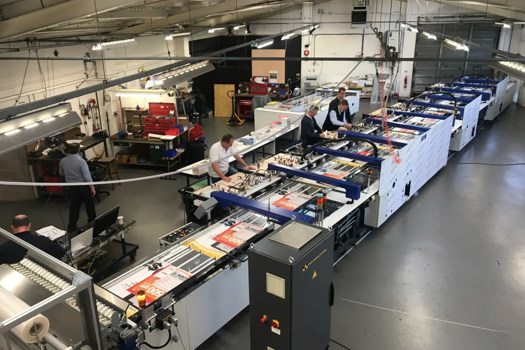The graver, was frequently used and was made of well-tempered steel fitted into a wooden handle. There were two sorts of gravers: one was square and was only used for making broad strokes; the other was lozenge shaped, which was used for lines that needed to be more faint and delicate.
The scraper was three-edged, and was used to remove any roughness raised by the graver.
The burnisher was made of hard steel and, as its name implies, it was polished steel with a round end, and used to rub down any engraved lines that had been cut too deeply, or for correcting any defects there may have been in the copper.
A stone was used for sharpening the graver, and an oil-rubber and very fine charcoal were used for polishing the plate. And a sandbag was used to help turn round the plate.
These were the tools of the engraver.
Caroline Archer is a writer and eminent print historian
Have your say in the Printweek Poll
Related stories
Latest comments
"Another sad day for the industry, only made worse after reading that Ian Shenton is heading up the rescue bid... This guy has had more failed takeovers than Santa has reindeers. Just search on..."
"They should change their name to ‘pound less’ . 🙀"
"Hmmmm, compared to former glories maybe the Bedsit of Print with shared bathroom and kitchen."
Up next...

Dorset connections
More changes at Dayfold

Nearly £1m invested in new kit
The Printed Group enhances wide-format with expansion to third site

Versatile device
Col-Tec showcases new Smart collator for POS

Enhanced efficiency and performance


